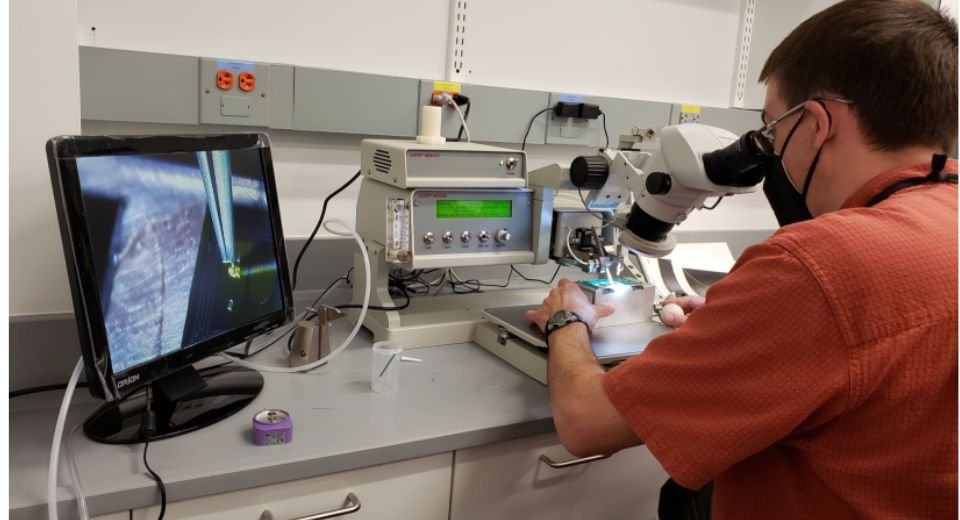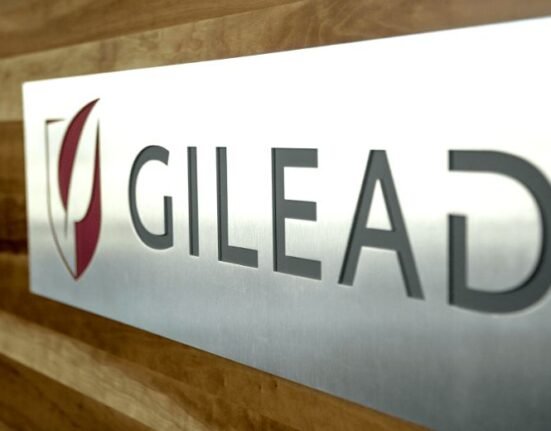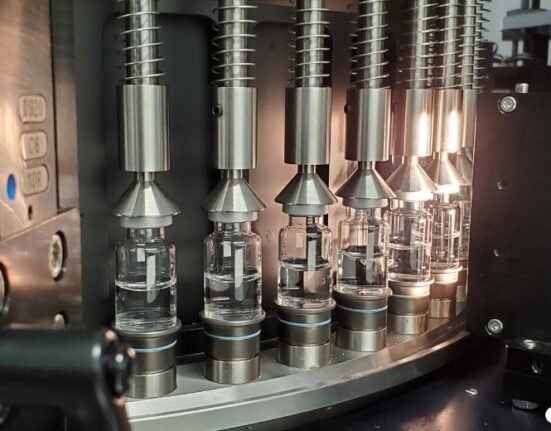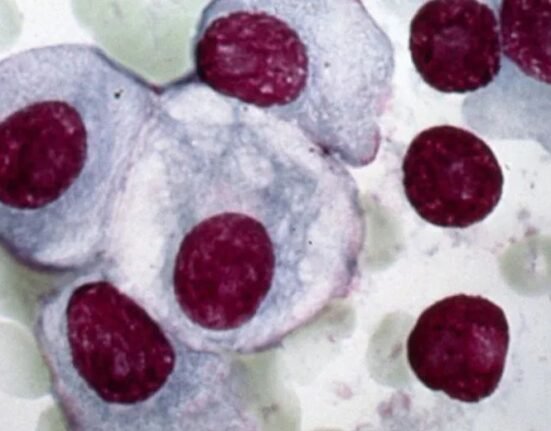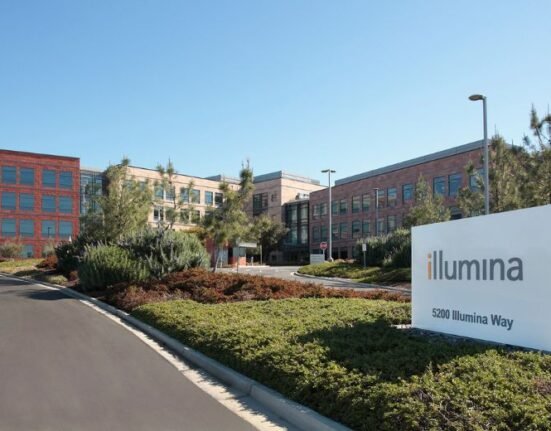HQ Team
July 9, 2025: A new and faster method of detecting and measuring radioactivity of tiny amounts of radioactive material has been developed by researchers at the National Institute of Standards and Technology (NIST), America’s national measurement institute.
The researchers developed a technique for detecting a single radioactive decay and identifying the types of atoms undergoing the rot, which can be useful for cancer treatments, nuclear fuel reprocessing for advanced reactors and ensuring the safety of nuclear waste cleanup, according to a statement.
Once fully deployed, the technology promises to complete tasks that traditionally took months in just a few days.
The transition-edge sensor (TES), a high-tech device widely used to measure radiation signatures, provides a “revolutionary” capability to record individual radioactive decay events, in which an unstable atom releases one or more particles.
By building up data from many individual decays, researchers can then identify which unstable atoms, known as radionuclides, produce the events.
‘Detailed fingerprint’
“The TES is much more advanced than a familiar Geiger counter or other detectors used today,” said NIST physicist Ryan Fitzgerald. “Instead of just clicking to indicate radiation, or giving a blurry indication of the decay energy, it gives us a detailed fingerprint of what’s there.”
The TES device operates at extremely low temperatures, near absolute zero. When a radioactive decay occurs in a sample, the energy released is absorbed by the TES. This absorbed energy causes a tiny change in the electrical resistance of the TES.
The researchers precisely measure this change in resistance, which provides a high-resolution “energy signature” of the decay event.
By analysing the detailed energy spectrum from multiple events, the researchers can identify the specific radioactive atom undergoing decay.
This is possible because different radioactive atoms release unique energy signatures when they decay. Earlier methods are good at either measuring the amount of radioactivity or identifying which radioactive atoms are present — not both.
Radionuclides
Fully characterising a sample once required the use of multiple techniques. In contrast, TES both identifies radioactive elements and quantifies their level of radioactivity.
When researchers encounter a barrel full of radioactive fluid, they need to identify the mystery substance and measure the amount of radionuclides present to dispose of it safely.
This process could take months, but the transition-edge sensor can significantly cut that time. “Instead of waiting months for results, we can now get a full radioactivity profile in just a few days from a tiny sample,” said Fitzgerald.
Measuring radioactivity requires multiple methods and intricate procedures, including materials called tracers or calibrants. However, the new method offers a streamlined approach, allowing accurate measurement of even tiny samples without needing these extra materials.
Radioactive drugs
Scientists would be able to better monitor, use and safeguard radioactive materials that affect public health and safety.
Researchers used an “inkjet method” to work with extremely small amounts of radioactive material and still get an accurate measurement of its radioactivity.
The potential applications are vast, according to the researchers. In medicine, this technology could help ensure the purity and potency of radioactive drugs used in cancer treatments. For nuclear energy, it could quickly identify the radioactive composition of reprocessed fuel, speeding the development of new advanced reactors.
The new research is the first step in a larger effort, known as the True Becquerel (TrueBq) project, to transform how we monitor and characterise radioactivity. The NIST team published its results in Metrologia.


